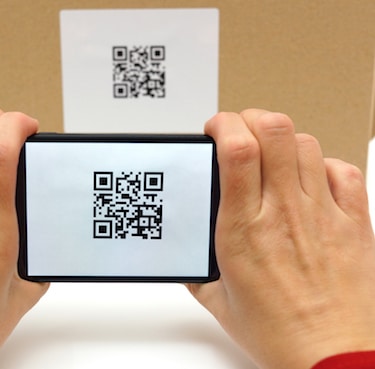
In my previous article on traceability and its importance on Field Service Operations and MRO, I gave an introduction to the concept of the Model-based Enterprise (MBE). Conversely, in the NIST and DoD work on the MBE, much of their focus was instead on the fourth objective: creating a digital model to improve integration. Since the MBE research by NIST and the DoD was driven by DoD needs, particularly in the Aerospace & Defense (A&D) industry, their primary focus was on integrating engineering and design activities that occur in Product Lifecycle Management (PLM) applications. Once again, traceability plays a critical role, this time on its impact on product and process quality, which I’ll discuss in greater detail in this article.
The integration focus of MBE is on the PLM and engineering aspects of digital models and how that information can be shared with a production application or a Manufacturing Execution System (MES).
Four key product-related focuses are part of the MBE initiative:
- Product definition
- Manufacturing capability definition
- Operations and logistics, including:
- Model-based smart manufacturing operations
- Knowledge extraction and application for manufacturing operations
- Enterprise integration
As explained in the previously referenced traceability post, digital model performance is directly linked to the accuracy and quality of the data within the model. This begs an understanding of how detailed traceability and genealogy can contribute to engineering performance improvement.
The Product vs. Process Engineering Challenges in Manufacturing
A key objective of the NIST MBE initiative is improving engineering performance. The design and engineering of products is a combination of both the specific product engineering and the specific assembly or manufacturing processes used to create the end product. This includes choosing or designing the components and materials that are brought together to comprise the final product.
When designing a new product, one of the big challenges engineers face is ensuring that the product is capable of being manufactured. Designing a world-class product or system must also consider the final cost. Creating the greatest product in its class is not meaningful if that product costs more than anyone is willing to pay for it. If the parts are too expensive or the processes to assemble or make the components are too complex to be done economically, then the product engineering effort will not be successful.
The Product and Process Traceability Link
To improve a process, you must first understand the process. Something as simple as torquing a fastener can drastically impact a product’s manufacturability. A component sourced from two different suppliers might respond differently during an assembly operation. One supplier’s components may require more time, energy, or effort to achieve the desired tightness.
Anyone performing a process improvement project will need to have considerable knowledge and detail to understand why manufacturing variability is higher than anticipated. The only way to do the root cause analysis that identifies this variability is if you have information collected with enough accuracy and precision.
In many A&D programs, product lifecycles are measured in years and decades, unlike in the consumer market where lifecycles could be a few months or years. This means generational challenges may exist. New materials may be added over time. New processes may be utilized.
For example, the B52 bomber first flew nearly 70 years ago. In 1952, additive manufacturing (3d printing) wasn’t available. Utilizing 3d printing as part of a support program could be extremely valuable when one understands the costs and processes associated with manufacturing these legacy parts. While the data isn’t available from the original manufacturing operations from the 20th century, suppliers supporting the B52 in the 21st century could have that information available to engineers if they have equipped their facilities with the tools to collect the right data.
Customers today demand higher quality, better performance, and near-perfect reliability from every product. Engineers must devote considerable time and focus on continuous improvement projects on every program or project to meet these elevated expectations. The only way to know what processes or components offer significant opportunities is with a deep understanding of how the product was made. That means knowing what variables exist within a product based on raw material sources, manufacturing processes, and other specific details on how the machines or lines were operated that the products were made on.
MES & PLM – The Data Integration Opportunity
As noted above, getting information into PLM systems is a key goal of the MBE initiative as defined by NIST. The reality is most PLM and ERP systems do not have the right connectivity or architecture to support the collection of detailed product and process traceability intelligence. This is particularly true as it relates to process data collected from manufacturing operations.
This shortfall has created a significant need for a modern MES to perform this function. As companies move to adopt the MBE approach, they need to keep in mind the quality of their models and how the value they can receive is directly linked to the quality of the data fed into the models. Only a modern MES with the right architecture, data structures, interfaces, speed, and capacities will enable them to derive the maximum benefit from investing in and becoming a Model-based Enterprise.

